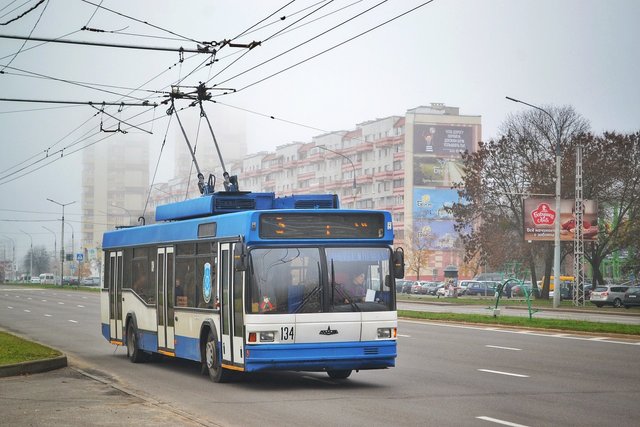
A trolleybus is a type of electric bus that draws power from overhead wires using trolley poles, which are typically attached to two parallel wires running along the bus route. Unlike conventional buses, which rely on internal combustion engines, trolleybuses are powered entirely by electricity, making them cleaner and quieter in operation. This type of transportation combines aspects of buses and trams or streetcars, using rubber tires like buses but powered through electric lines like trams.
Key Features of Trolleybuses
- Electric Power: Trolleybuses are emission-free at the point of use, producing no exhaust gases since they don't have combustion engines. This makes them an environmentally friendly option, especially in urban areas where air quality is a concern.
- Dual Overhead Wires: Unlike trams that use a single overhead wire with a ground return through the rails, trolleybuses require two overhead wires for the complete electric circuit. This setup enables them to operate on regular roads without needing tracks.
- Quiet Operation: Trolleybuses are typically quieter than diesel or gasoline-powered buses, contributing to reduced noise pollution in cities.
- Maneuverability: Trolleybuses can operate on regular roadways without the need for rails, offering greater flexibility than trams or streetcars. However, they are limited to routes with overhead wiring, which means their routes are more fixed than those of traditional buses.
- Energy Efficiency: Trolleybuses are more energy-efficient than traditional buses, especially in stop-and-go traffic, as they can regenerate power during braking, which can be fed back into the power grid.
Advantages and Challenges
Advantages include low environmental impact, reduced noise levels, and suitability for dense urban areas where emissions regulations may be stricter. They can also have a longer lifespan than typical buses, as electric engines tend to have fewer moving parts and wear out less quickly.
However, trolleybuses require a substantial infrastructure investment for the overhead wires and substations. They also have limited flexibility in changing routes since they rely on a fixed electric supply. If a line goes down or if there is an interruption in power, trolleybuses may be unable to operate without backup systems.
Trolleybuses Around the World
Trolleybuses are particularly popular in cities where there is a strong commitment to reducing pollution, such as Zurich, San Francisco, and Vancouver. These cities have dedicated efforts to maintain and expand trolleybus networks as a part of their public transportation systems.